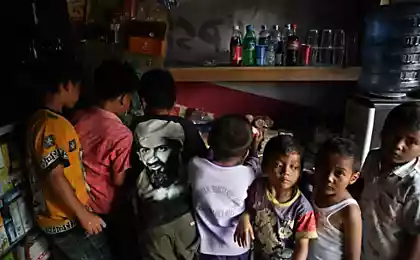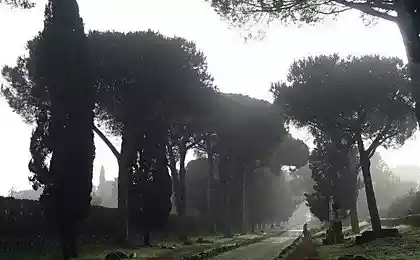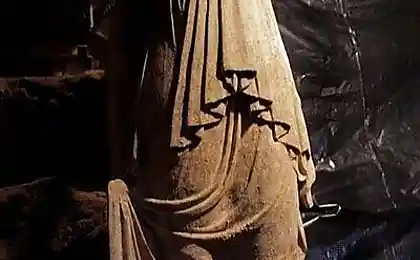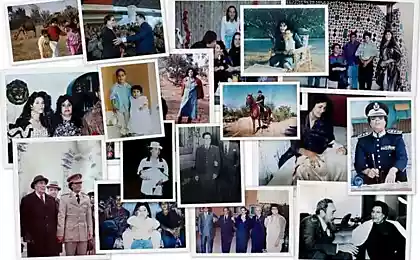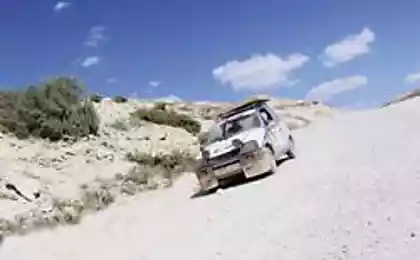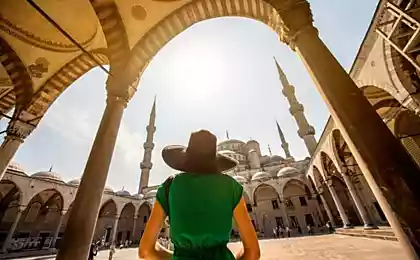1184
Mada'in Saleh
Mada'in Saleh - pre-Islamic archaeological site, located in the El Madina in Saudi Arabia.
The complex consists of 130 massive rock tombs and associated facilities.
During the heyday of Nabataean kingdom in the first century AD, the area was incorporated into the Roman Empire.
This is one of the most outstanding examples of the construction of hydraulic structures of the time, as well as the most valuable historical heritage that has survived to our times.

In its heyday the kingdom of the Nabateans extended from its capital - the city of Petra, in Jordan prior to the current depth of the Arabian Peninsula. Here lies the major trade routes, which carried spices, incense and other aromatic plants. Mada'in Saleh reached its peak, as the main entrepot trade routes between north and south.
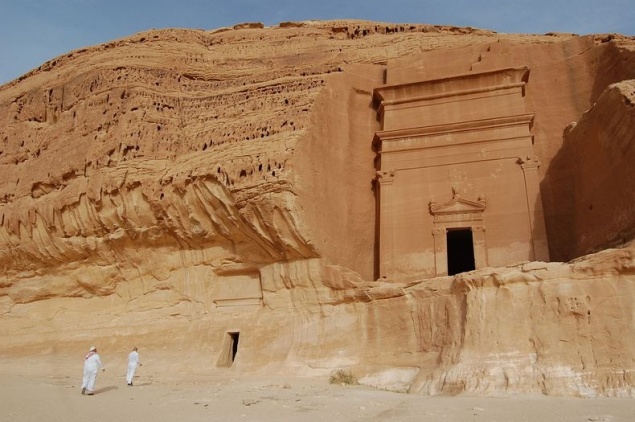
After capture by the Romans in 106 AD, the way of trade moved by land to the Arabian Peninsula to the sea, lies across the Red Sea. Thus the city of Hegra, which include Mada'in Saleh, began to lose its importance and gradually fell into decay.
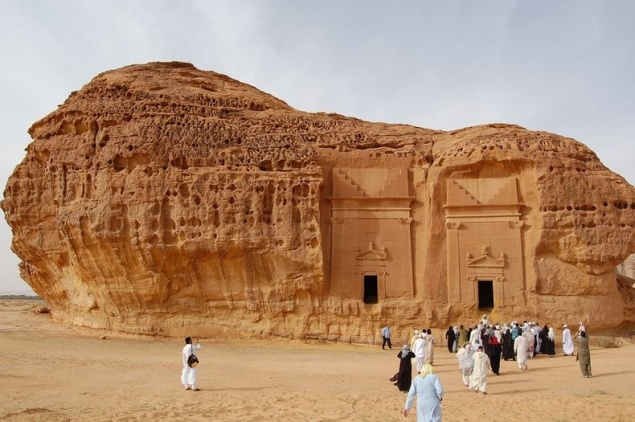
History Hegre and funerary complex of the decline in the period of the Romans and before Islam remains unknown. Only sometimes these places are visited by rare travelers and pilgrims of Mecca. The city served as a religious station route and delivers water to the pilgrims.
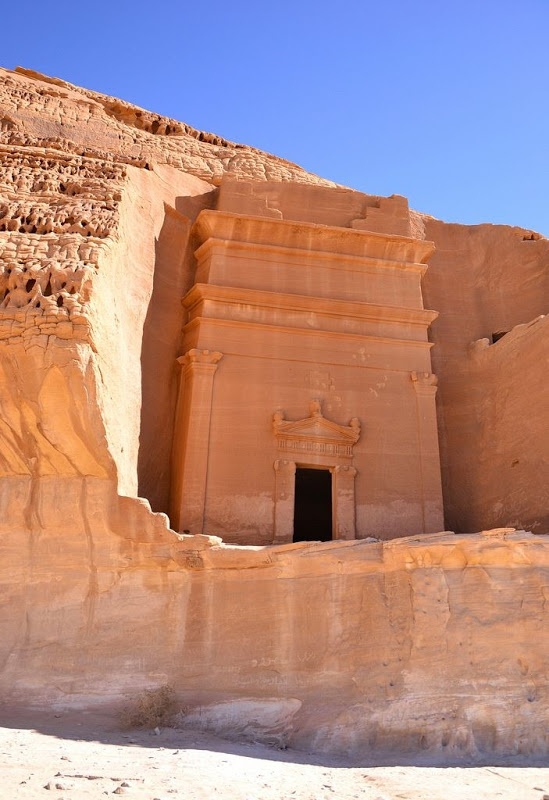
Nabataean kingdom was located not only at the crossroads of trade and culture. This is reflected in the styles of facades Mada'in Saleh. Here you can see the stylistic elements of Assyria, Phoenicia, Egypt and the Hellenistic Alexandria. All this is combined into one single style. There is also the traces of the Roman intervention. In contrast to the elaborately decorated facades, interiors carved in the rock structure is very simple and serious.

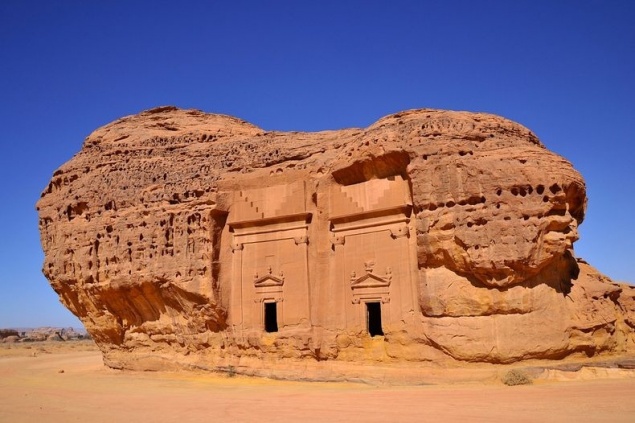
This place is officially protected since 1972 as the site of archaeological excavations with a huge potential for tourism. Salih UNESCO included in the list of world heritage among the first facilities in Saudi Arabia.
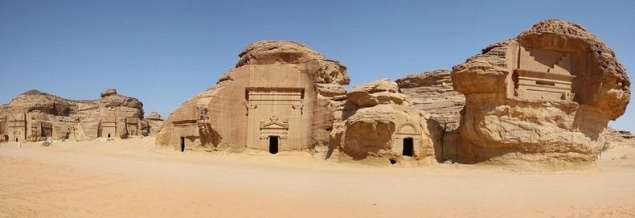

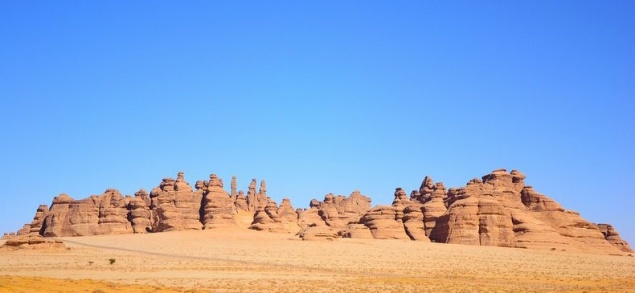

Source: lifeglobe.net
The complex consists of 130 massive rock tombs and associated facilities.
During the heyday of Nabataean kingdom in the first century AD, the area was incorporated into the Roman Empire.
This is one of the most outstanding examples of the construction of hydraulic structures of the time, as well as the most valuable historical heritage that has survived to our times.

In its heyday the kingdom of the Nabateans extended from its capital - the city of Petra, in Jordan prior to the current depth of the Arabian Peninsula. Here lies the major trade routes, which carried spices, incense and other aromatic plants. Mada'in Saleh reached its peak, as the main entrepot trade routes between north and south.

After capture by the Romans in 106 AD, the way of trade moved by land to the Arabian Peninsula to the sea, lies across the Red Sea. Thus the city of Hegra, which include Mada'in Saleh, began to lose its importance and gradually fell into decay.

History Hegre and funerary complex of the decline in the period of the Romans and before Islam remains unknown. Only sometimes these places are visited by rare travelers and pilgrims of Mecca. The city served as a religious station route and delivers water to the pilgrims.

Nabataean kingdom was located not only at the crossroads of trade and culture. This is reflected in the styles of facades Mada'in Saleh. Here you can see the stylistic elements of Assyria, Phoenicia, Egypt and the Hellenistic Alexandria. All this is combined into one single style. There is also the traces of the Roman intervention. In contrast to the elaborately decorated facades, interiors carved in the rock structure is very simple and serious.


This place is officially protected since 1972 as the site of archaeological excavations with a huge potential for tourism. Salih UNESCO included in the list of world heritage among the first facilities in Saudi Arabia.




Source: lifeglobe.net

